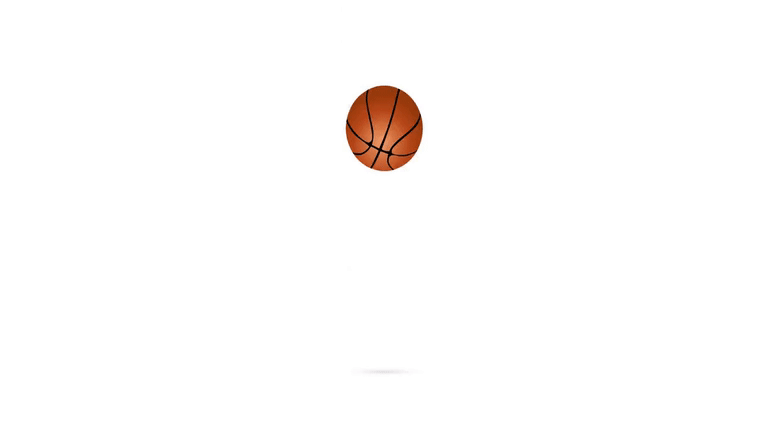Emergent Literacy
Emergent Literacy Design: Bounce the Ball with B
Rationale: This lesson will help children identify /b/, the phoneme represented by B. Students will learn to recognize /b/ in spoken words by hearing an oral representation (B B B B Bounce the Ball) to learn the sound analogy of the ball bouncing and the letter symbol B. Students will recognize /b/ in words and apply phoneme awareness with /b/ in phonetic cue reading by answering questions like, “Do you hear /b/ in boy or girl?” The student can determine which word starts with /b/.
Materials: Primary paper and pencil; printed worksheets (below), and a printed copy of the tongue tickler: Betty’s ball bounced into the blue basket. Book: A Bug, A Bear, and A Boy (McPhail, 1998). Word cards with BALL, BOY, BACK, BOX, BARK, BAT and BUG. The student will identify pictures with /b/ and recognize the letter b with the worksheet.
Procedures:
-
I will say “Our written language is a secret code. The tricky part is learning what letter stand for the mouth moves we make as we say different words. Today, our task is to focus on how the mouth moves when we say the /b/. We spell /b/ with the letter B. The capital letter B looks like sideways sunglasses, and /b/ sounds like a ball hitting the hard floor.”
-
Let’s pretend you have a basketball, and you are bouncing it in the gym, /b/, /b/, /b/. This is how we will represent the sound /b/. Every time you hear /b/, bounce your pretend ball. Did you notice how your mouth opens? When we say /b/, we put our lips together and then drop the jaw while blowing air out and making the /b/ sound.
-
Let me show you how to find /b/ in the word job. I am going to stretch jobin super slow motion and I want you to listen for (/b/) the ball bouncing. Slowly: jj-ooo-bbb. Super slow: Jjjjjj---ooooo-bbbb. There it was. I felt my lips touch and my jaw drop. The bouncing ball is in the word job.
-
Let’s start with a tongue tickler (on paper): Betty has a basketball game. The ball is big, and Betty wants to score a basket. Betty practices bouncing her ball toward the basket. Betty shoots the ball, and then (tongue tickler) Betty’s ball bounced into the blue basket. Our tickler is: Betty’s ball bounced into the blue basket. Everyone say it. Betty’s ball bounced into the blue basket. Now, let’s say it slowly. BBBBettys bbbball bbbbbounced into the bbbbblue bbbbasket. This time, we are going to break the /b/ off the word. “/b/ ettys /b/ all /b/ ounced into the /b/ lue /b/ asket.”
-
[Have students take out primary paper and a pencil]. We use the letter b to spell /b/. Now we will write the lower-caseb.Start at the roof, go down, b-b-bounce up and around- that is a lower-case b. I am coming to look at everyone’s lower-case b’s. Great, now practice writing that nine more times. (b b b b b b b b b).
-
Call on students to answer and tell you how they knew: Do you hear /b/ in bunk or skunk? Boys or girls? Dark or bark? Ball or call? Blue or Pink? Good or Bad? Near or Bear? Say: Let’s see if you can spot the mouth move /b/ in some words. Bounce the ball if you hear /b/: the, bear, sat, bag, ball, boy, burn, it, me, blue, badge.
-
Say: “Let’s look at A Bug, A Bear, and A Boy. David Mcphail tells us about a bug, a bear, and a boy who paint a picture together. Read page 3, drawing out /b/. Ask the children if they can think of other words that start with /b/. Next, ask the students to make up a silly name for the boy that starts with /b/ (ex: Bob, barn, ball, bill, ben). Then have each student write the name they have given the boy with invented spelling and draw a picture of the boy. Display their work.”
-
Show BAD and model how to decide if it isbad or dad? The B tells me to bounce the ball, /b/, so this word is bbb-ad, bad. Now, it is your turn: BANK: bank or frank? BAIT: bait or wait? FALL: fall or ball? BAKE: bake or cake? CRACK: crack or back?
-
For assessment, distribute the worksheet (shown below). Students will identify each letter B/b they see and circle it, then the students will color the picture that begins with /b/. Call students individually to read the phonetic cue words from #8.
Reference:
Sarah Jane Brock, Fishing Frenzy
http://www.auburn.edu/academic/education/reading_genie/voyages/brockel.html.l
Assessment Worksheet: https://www.teacherspayteachers.com/Product/Letter-B-Letter-of-the-Week-959873
McPhail, David. A Bug, a Bear, and a Boy. Scholastic Inc., 1998.

